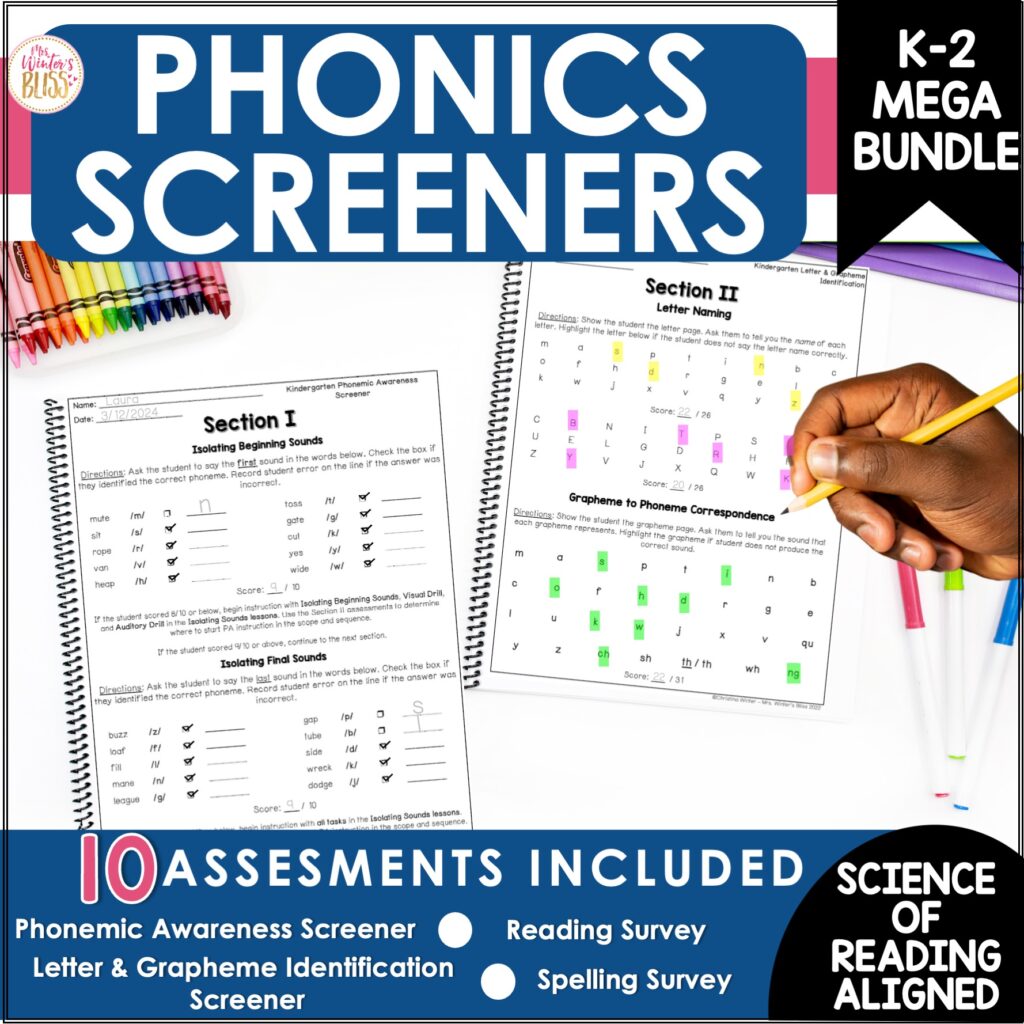

The Science of Reading demonstrates that small group instruction is an integral part of the literacy block. In this post, I share 3 tips to help make your small group instruction more manageable, meaningful, and effective.
In my last post, I shared information about the science of reading, structured literacy, and small-group instruction. I explained why this instruction is so important, but I didn’t mention that it isn’t always easy to pull off. Effective small-group instruction requires frequent assessment, regular shuffling of student grouping, careful lesson planning, and strong classroom management.
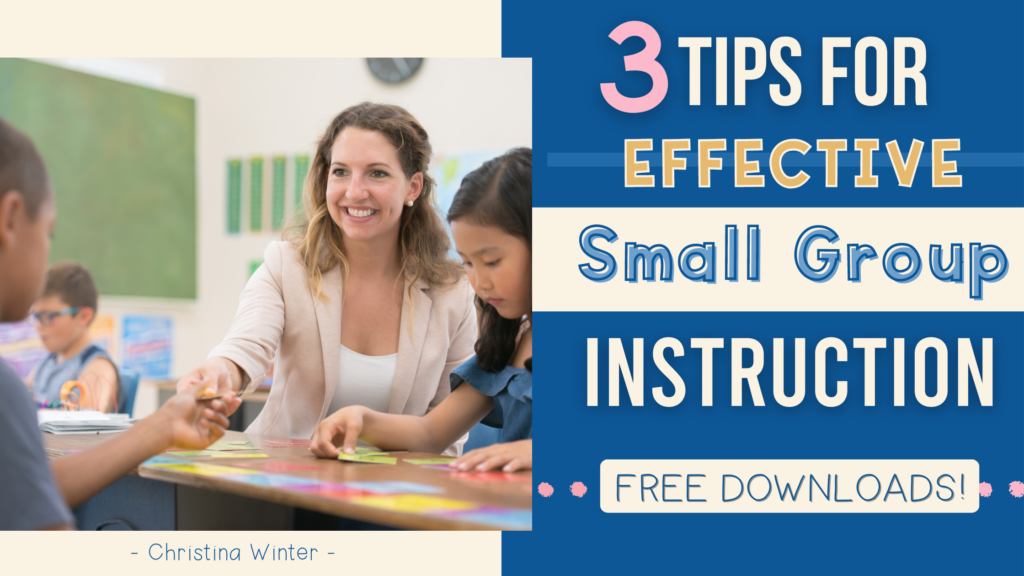
I strongly believe in the power of small group instruction, so today I am happy to 3 tips that will help make your small group instruction more manageable, meaningful, and effective.
3 Tips for More Effective Small Group Instruction
Tip 1: Assess Regularly & Group Students Based on a Shared Deficit
Since moving away from leveled readers, many teachers are unsure of how to group their students for small-group instruction. The science of reading demonstrates that small groups should be grouped and regrouped by a shared skill deficit.
To identify these deficits, you need a strong assessment system. There are a variety of ways you can assess your students and collect data that will help you form your groups.
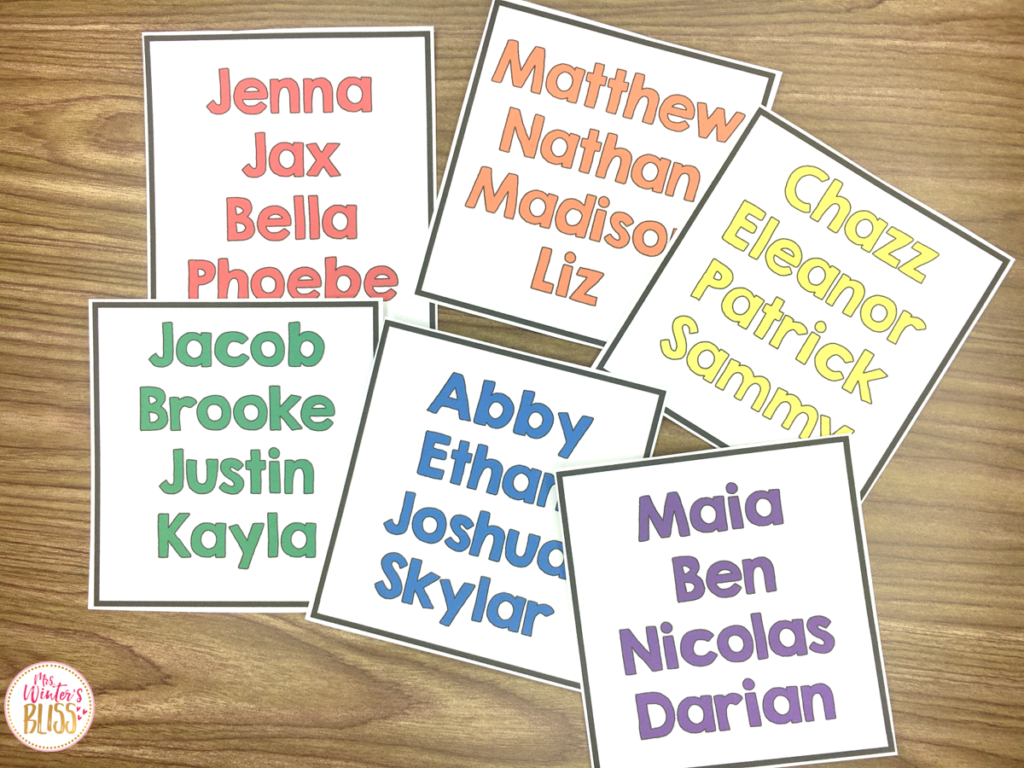
First, a universal screener can be used to identify students who might be at risk of difficulties in learning. This type of assessment will give you a general sense of how to group students. If you are looking for a free universal screener, I recommend David Kilpartirck’s, Phonological Awareness Screening Test (PAST).
Diagnostic assessments are used to confirm the initial screening results. They help you to refine your groupings by determining a student’s specific difficulties.
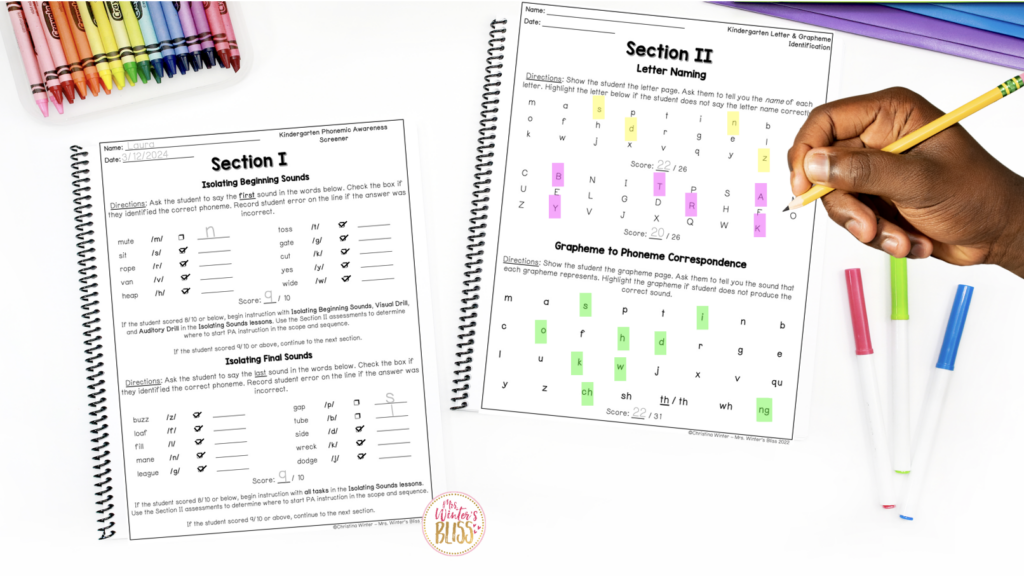
Finally, weekly progress monitoring and your observations will help you adjust your groups. Your small groups are flexible. As needs change, groups change.
If your school does not provide you with assessments, no worries I have you covered! My Phonics Screeners bundle for Kindergarten 1st and 2nd grade has everything you need to assess and group your students for small group instruction.
This bundle of K-2 assessments includes phonics screeners for:
- Phonemic Awareness Screener (for K and 1st grade)
- Letter & Grapheme Identification
- Reading Survey
- Spelling Survey
- Autofill Student Data Trackers and MORE!!
In addition to helping you group students, these screeners can be used as a diagnostic tool at reading benchmark periods (BOY, MOY, EOY), for report cards, or as a pre-assessment and post-assessment to measure student growth.
Click here to take a closer look at everything included in the K-2 Phonics Screeners Bundle!
Tip 2: Keep Your Instruction Short and Concise
A common mistake teachers make when running small groups is trying to teach too much and keep students with them for too long. Ideally, a small group session should last 10-15 minutes for students in K-2. Any longer than that and students will begin to lose focus. Plus, you need time to see multiple groups so you must keep it short.
To help keep your instructional time short, make sure you focus on teaching just one skill. Use the data collected to identify a single target skill you will teach that group.
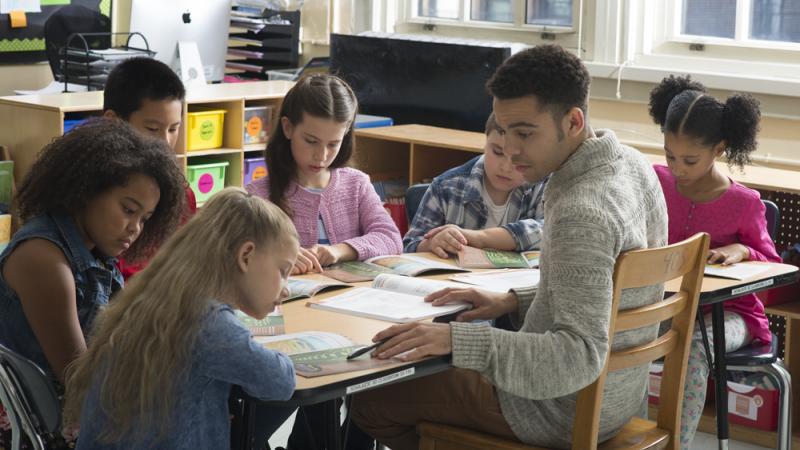
Tip 3: Explicitly Teach Expectations & Routines
You are not with your small group for a very long time, so you must make sure every moment counts! It is important students know exactly what they need to do when it is time for their small group instruction.
Routines and procedures to teach and practice with your students may include:
- How to move from whole group instruction to small group instruction/centers
- How to access materials for small group instruction. Also, consider what materials you will provide at the table and what you want students to be responsible for bringing to the group.
- What to do if a student needs something and you are working with a small group
What is the Rest of the Class Doing?
Now I know you are probably wondering, What is the rest of the class doing while I teach my small groups? The answer is they are engaging in intentional literacy center activities that reinforce skills you have already taught.
These activities are not new learning, they are not skills the students are still acquiring. They are skills that you have seen them perform successfully and accurately when they are with you. This ensures they can work independently and you can focus your attention on your small group.
This practice time is so valuable for students. According to Wiley Blevins, for a skill to stick, it must be purposefully and systematically reviewed for 4-6 weeks. Literacy centers offer students the practice and review they need for mastery.
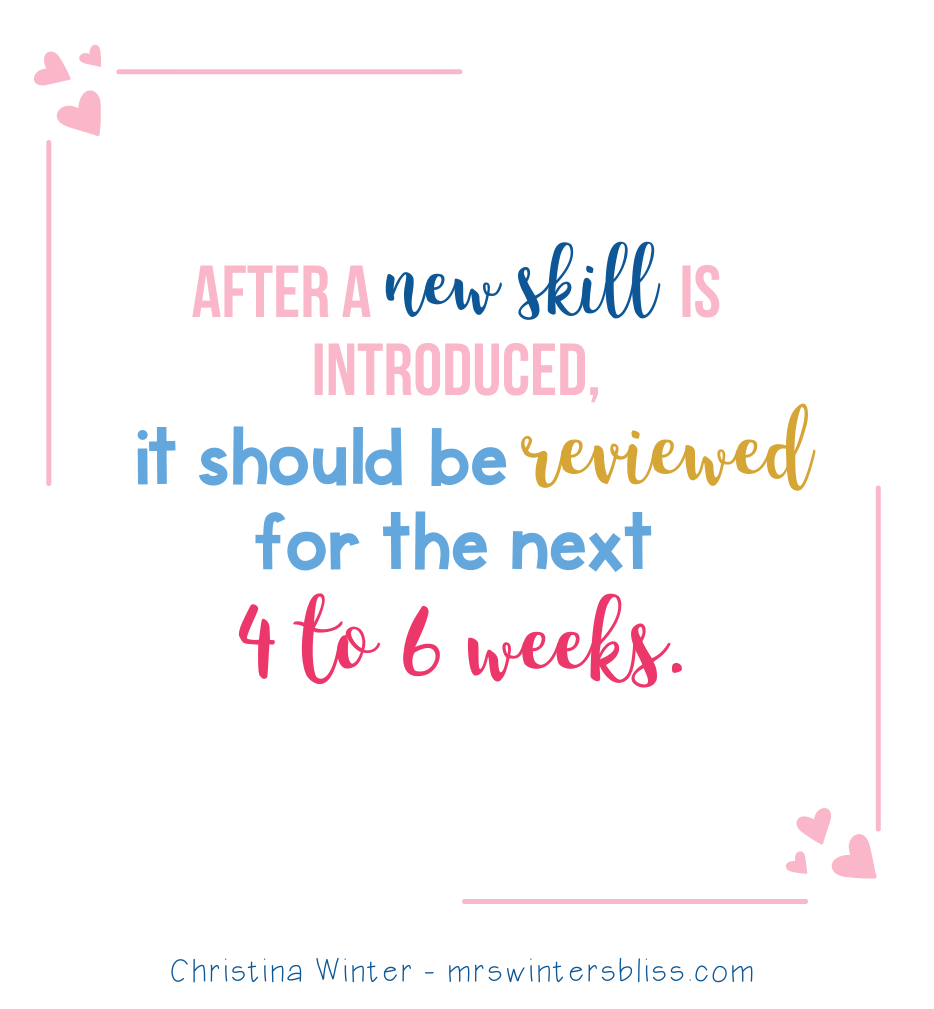
Keep in mind, that literacy centers and rotations are not something you just hop right into. They involve routines and expectations that must be explicitly taught and practiced. Take a look at this blog post for tips on how to introduce your literacy centers and build independence.
I hope the information I’ve shared today will help make your small group instructional time more effective. Be on the lookout for my next post where I’ll share 5 great resources for small-group instruction.

